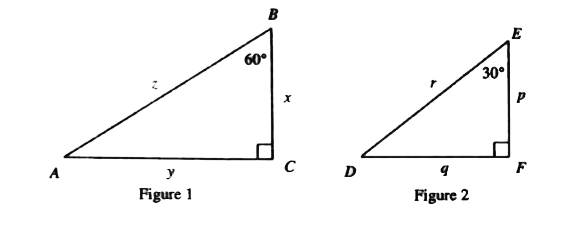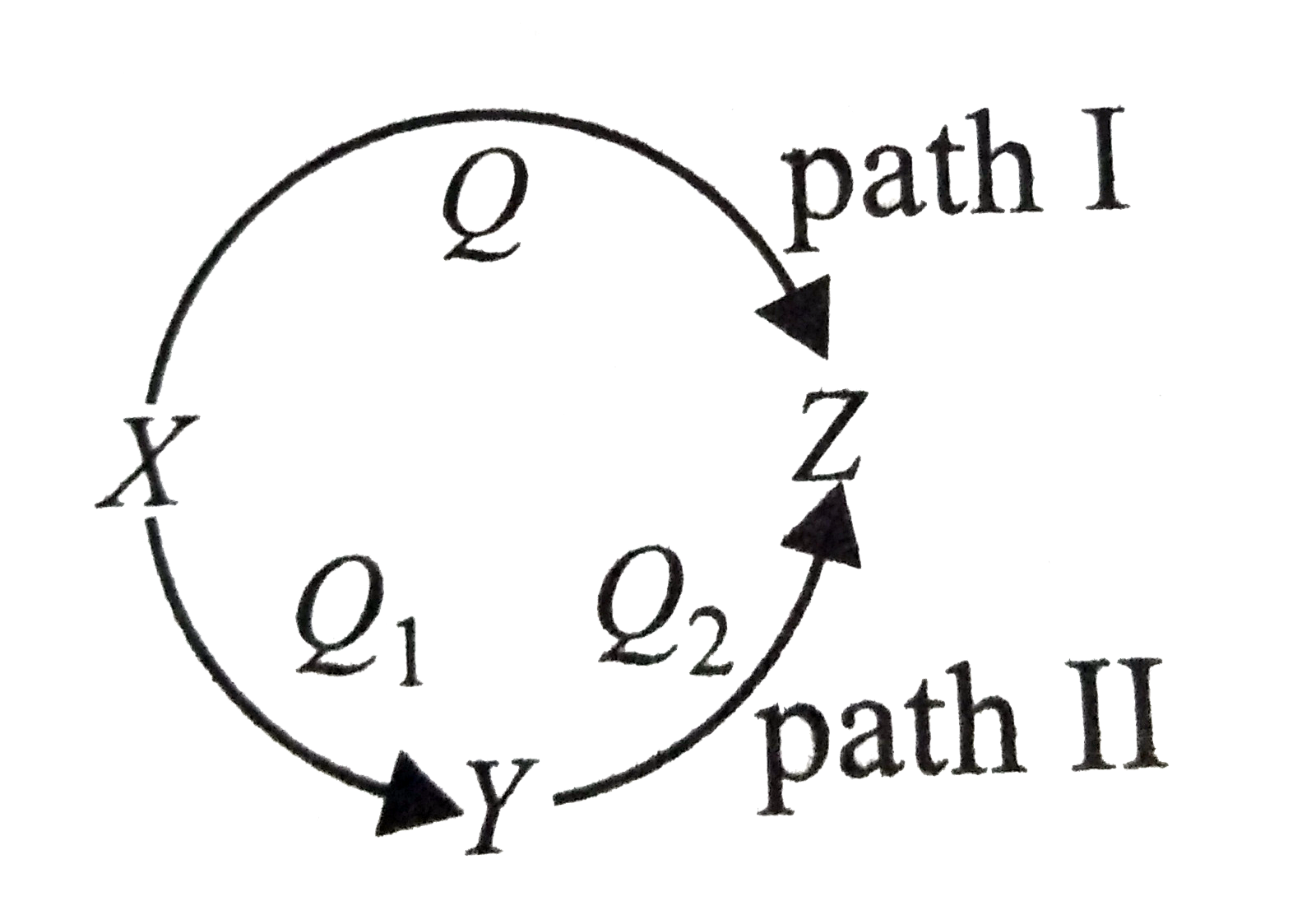A tin chloride Q undergoes the following reaction (not balanced) Q+Cl − →X Q+Me 3 N→Y Q+CuCl 2 →Z+CuCl X is monoanion having pyramidal geometry. Both Y and Z are neutral compounds. Choose the correct options(s)
The central atom in Z has one lone pair of electrons
The oxidation state of the central atom in Z is +2
The central atom in X is hybridized
There is a coordinate bond Y
To solve the given problem step by step, we will analyze each reaction involving tin chloride (Q) and determine the products and their characteristics.
Step 1: Identify Q
The question states that Q is a tin chloride. The most common forms of tin chloride are:
- SnCl2 (tin(II) chloride)
- SnCl4 (tin(IV) chloride)
Given that SnCl2 is mentioned in the reactions, we will consider Q to be SnCl2.
Step 2: Reaction with Cl⁻
The first reaction is:
Q+Cl−→X
Substituting Q with SnCl2:
SnCl2+Cl−→SnCl3−
Here, X is SnCl3⁻, which is a monoanion.
Step 3: Geometry of X
The geometry of SnCl3⁻ can be determined by considering its electron pair geometry. SnCl3⁻ has one lone pair and three bonding pairs, leading to a pyramidal geometry (similar to NH3).
Step 4: Reaction with Me3N
The second reaction is:
Q+Me3N→Y
Substituting Q with SnCl2:
SnCl2+Me3N→SnCl2(Me3N)
This forms a complex where SnCl2 remains and Me3N coordinates with Sn. Y is a neutral compound, specifically a coordination complex.
Step 5: Reaction with CuCl2
The third reaction is:
Q+CuCl2→Z+CuCl
Substituting Q with SnCl2:
SnCl2+CuCl2→SnCl4+CuCl
Here, Z is SnCl4, which is a neutral compound.
Step 6: Analyze the Products
- X (SnCl3⁻): Monoanion with pyramidal geometry.
- Y (SnCl2(Me3N)): Neutral coordination compound.
- Z (SnCl4): Neutral compound.
Step 7: Evaluate the Options
1. Central atom in Z has one lone pair of electrons: This is incorrect. SnCl4 has no lone pairs.
2. Oxidation state of the central atom in Z is +2: This is incorrect. In SnCl4, the oxidation state of Sn is +4.
3. Central atom in X is sp3 hybridized: This is correct. SnCl3⁻ has a pyramidal shape indicating sp3 hybridization.
4. There is a coordinate bond in Y: This is correct. The nitrogen in Me3N donates a lone pair to Sn in the complex.
Conclusion
The correct options are:
- Option 3: Central atom in X is sp3 hybridized.
- Option 4: There is a coordinate bond in Y.
The question states that Q is a tin chloride. The most common forms of tin chloride are:
- SnCl2 (tin(II) chloride)
- SnCl4 (tin(IV) chloride)
The first reaction is:
Q+Cl−→X
Substituting Q with SnCl2:
SnCl2+Cl−→SnCl3−
Here, X is SnCl3⁻, which is a monoanion.
The geometry of SnCl3⁻ can be determined by considering its electron pair geometry. SnCl3⁻ has one lone pair and three bonding pairs, leading to a pyramidal geometry (similar to NH3).
The second reaction is:
Q+Me3N→Y
Substituting Q with SnCl2:
SnCl2+Me3N→SnCl2(Me3N)
This forms a complex where SnCl2 remains and Me3N coordinates with Sn. Y is a neutral compound, specifically a coordination complex.
The third reaction is:
Q+CuCl2→Z+CuCl
Substituting Q with SnCl2:
SnCl2+CuCl2→SnCl4+CuCl
Here, Z is SnCl4, which is a neutral compound.
- X (SnCl3⁻): Monoanion with pyramidal geometry.
- Y (SnCl2(Me3N)): Neutral coordination compound.
- Z (SnCl4): Neutral compound.
1. Central atom in Z has one lone pair of electrons: This is incorrect. SnCl4 has no lone pairs.
2. Oxidation state of the central atom in Z is +2: This is incorrect. In SnCl4, the oxidation state of Sn is +4.
3. Central atom in X is sp3 hybridized: This is correct. SnCl3⁻ has a pyramidal shape indicating sp3 hybridization.
4. There is a coordinate bond in Y: This is correct. The nitrogen in Me3N donates a lone pair to Sn in the complex.
The correct options are:
- Option 3: Central atom in X is sp3 hybridized.
- Option 4: There is a coordinate bond in Y.
Topper's Solved these Questions
- p-BLOCK ELEMENTS-1BOOK - VMC MODULES ENGLISHCHAPTER - p-BLOCK ELEMENTS-1EXERCISE - JEE Main Archive
34 Videos
- MOCK TEST 9BOOK - VMC MODULES ENGLISHCHAPTER - MOCK TEST 9EXERCISE - CHEMISTRY (SECTION 2)
5 Videos
- PERIODIC PROPERTIES OF ELEMENTSBOOK - VMC MODULES ENGLISHCHAPTER - PERIODIC PROPERTIES OF ELEMENTSEXERCISE - IMPECCABLE
50 Videos
Similar Questions
Knowledge Check
Which one of the following must equal p+q , if x−y=pand2x+3y=q ?
Ax+yB3x−2yC2x−3yD3x+2yP=4x−z+3y
Q=−x+4z+3y
Using the definitions above for P and Q. What is 2P−Q?A7x−6z+3yB9x+2z+9yC9x−6z+3yD7x−6z+9yIn Figure 1, y=√3xandz=2x. What is the ratio p:q:r in figure 2?
 A1:2:3B√3:1:2C1:√3/2:1D2:√3:1
A1:2:3B√3:1:2C1:√3/2:1D2:√3:1
A reaction proceeds through two paths I and II to convert X→Z.

What is the correct relationship between Q.Q1andQ2 ?
View SolutionIF p and q are in direct variation of x, y and z in the table given below:

View SolutionConsider the following relations: R = {(x, y) | x, y are real numbers and x = wy for some rational number w}; S={(mn,pq)m , n , p and q are integers such that n ,q≠0 and q m = p n} . Then (1) neither R nor S is an equivalence relation (2) S is an equivalence relation but R is not an equivalence relation (3) R and S both are equivalence relations (4) R is an equivalence relation but S is not an equivalence relation
View SolutionQ is the image of point P(1, -2, 3) with respect to the plane x−y+z=7. The distance of Q from the origin is.
View SolutionAt equilibrium X+Y⇔3Z,1 mol of X,2 mol of Y and 4 mol of Z are contained in a 3−L vessel. What will be the value of the reaction coefficient Q,
View Solution


